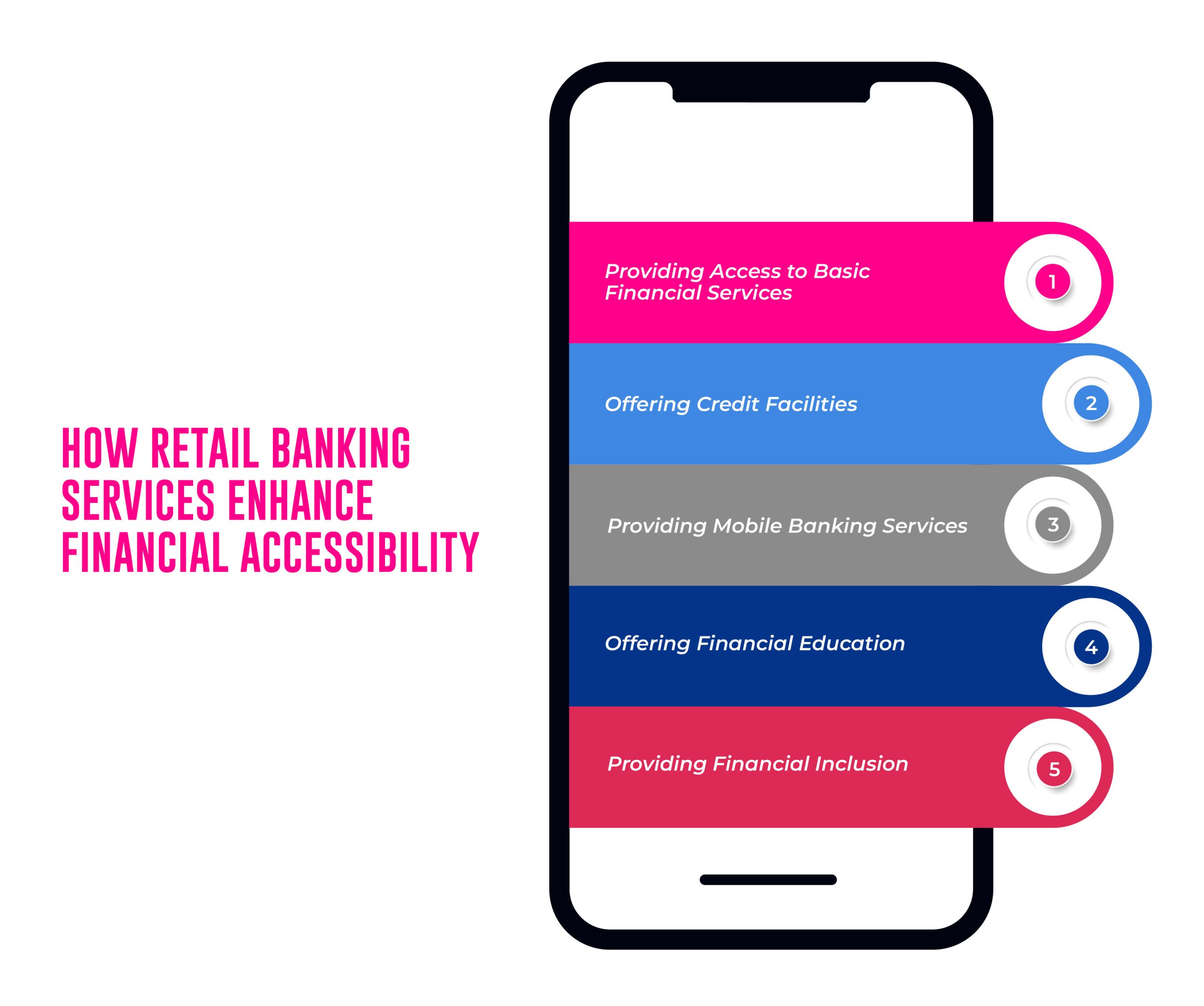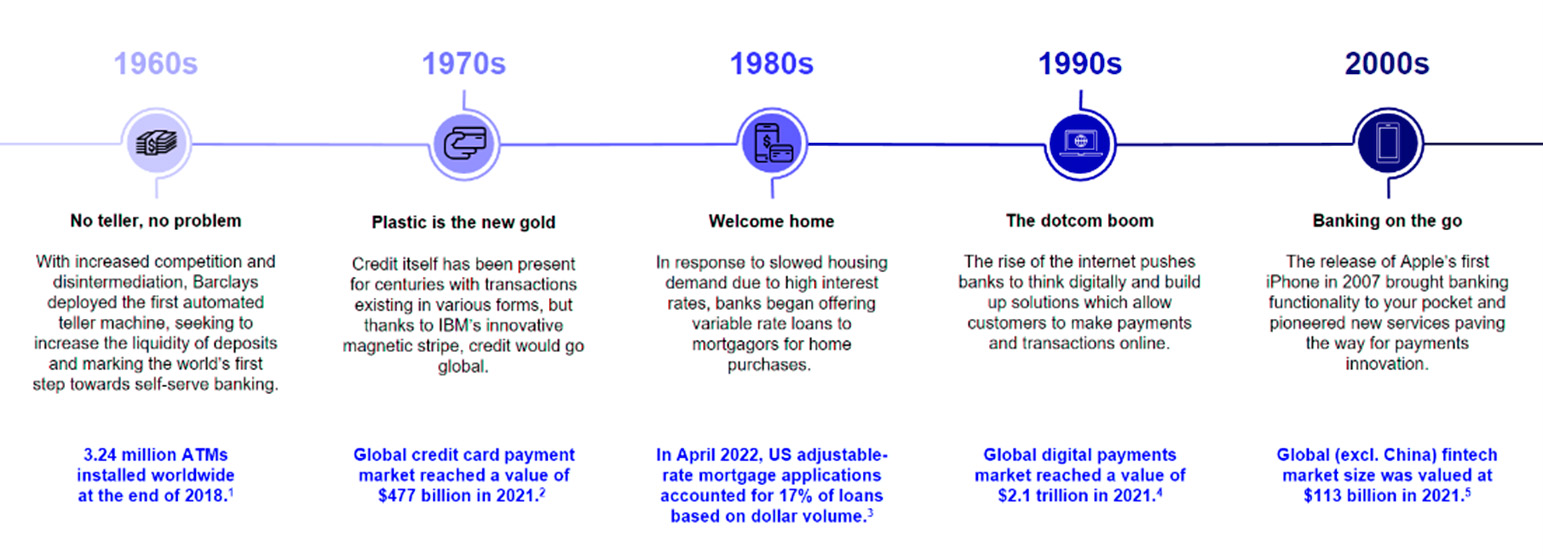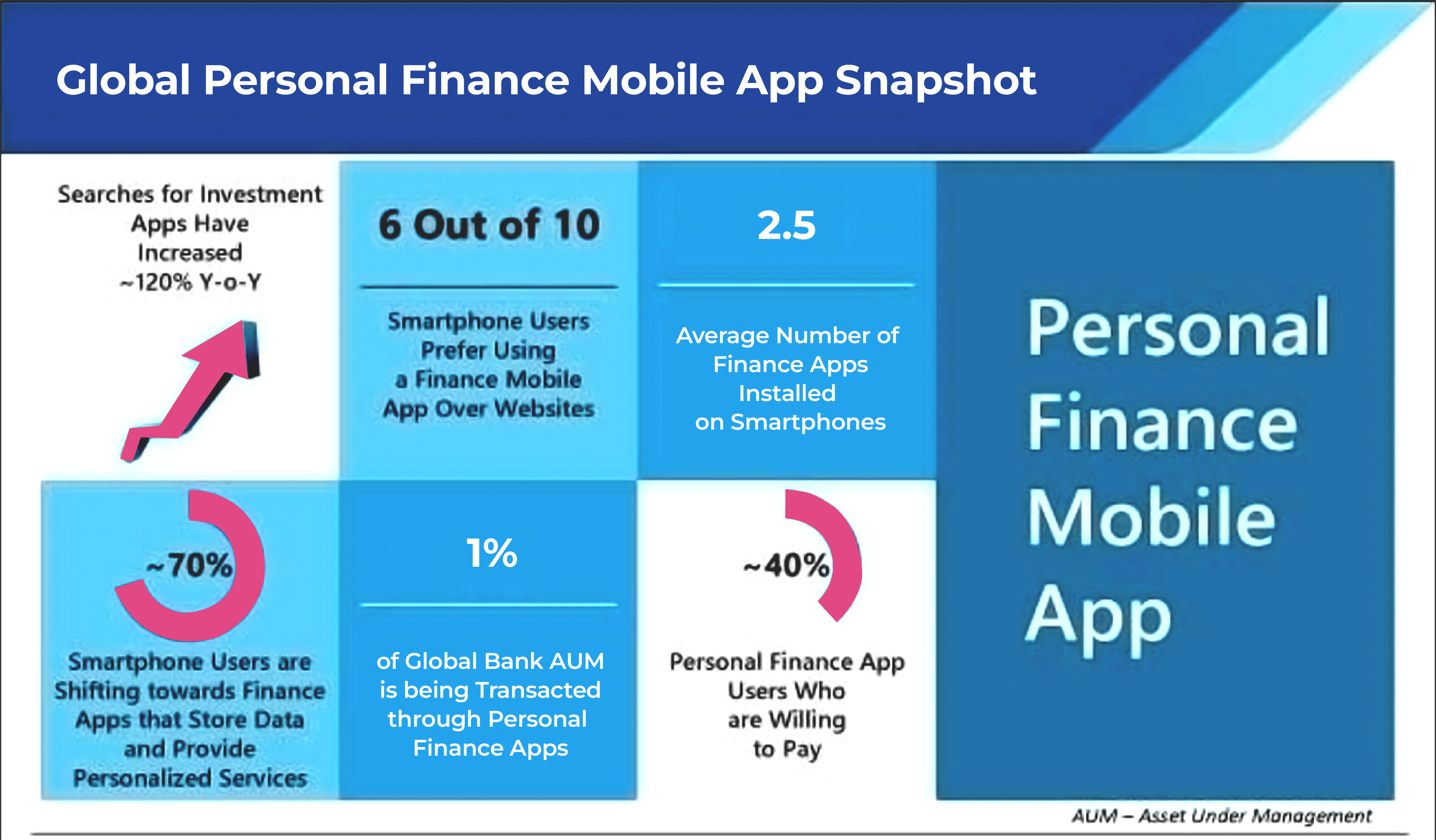The Unleashing Power of Generative AI in Retail Banking Solutions.

Generative AI, with its astonishing capacity to create original text, code, and images, is poised to revolutionize retail banking. The industry is ripe for this technology’s transformative impact, promising to elevate personalization, streamline operations, and unleash new customer interaction and support possibilities.
The Generative AI Revolution
Generative AI refers to a category of artificial intelligence models capable of producing novel content from prompts or inputs. Recent advancements, such as ChatGPT and the DALL-E image generator, have demonstrated the potential of these models to generate remarkably human-like text and striking visuals. This disruptive power is now shifting attention toward how it can be harnessed in retail banking solutions across multiple dimensions.
Maveric Systems understands the nuanced context of retail and business banking, providing a solid foundation for deploying AI solutions. Their 3Cs Advantages of Contextualization, Competence, and Commitment ensure that Generative AI implementations are customized to the industry, backed by deep technical expertise, and aligned with long-term strategic goals.
Transforming the Customer Experience
Here are some key ways Generative AI can reshape retail banking experiences:
Hyper-Personalized Interactions:
AI-powered virtual assistants can analyze customer data to offer tailored financial advice, product recommendations, and proactive insights in an accessible, conversational format.
Enhanced Content Creation:
Generative AI can craft high-quality marketing and educational content, reducing costs and ensuring consistency. This includes product descriptions, social media posts, and financial literacy articles.
Multilingual Support:
Generative models can enable multilingual communication and real-time translation across digital platforms, expanding services to a broader customer base in a helpful and culturally sensitive way.
Operational Efficiencies and Risk Management
The benefits of Generative AI extend beyond the customer interface. Retail banks can also harness it for:
Fraud Detection:
Generative models can analyze transaction patterns, identifying anomalies and potential fraud with enhanced accuracy compared to traditional rule-based systems.
Report Generation:
AI can streamline the creation of reports on financial performance, regulatory compliance, and market analysis, saving banking professionals significant time.
Enhanced Due Diligence:
Generative models can assist in the customer onboarding and KYC (“Know Your Customer”) processes, enabling faster and more thorough risk assessments.
Industry Trends and the Rise of AI
Banks are increasingly embracing AI solutions. According to a Capgemini report, over 80% of retail banks plan to integrate generative AI into their operations within the next three years. This trend reflects a growing awareness of AI solutions’ potential benefits in an industry where competitive differentiation increasingly relies on customer-centric experiences.
Strategic Ways Forward
Here’s how retail banks can embark on a successful Generative AI journey:
Define Success:
Outline clear use cases where Generative AI can generate demonstrable value, whether in customer service, operational efficiency, or risk reduction.
Address Data Quality:
High-quality data is the backbone of any AI implementation. Ensure your data is cleansed and structured for use by generative models.
Embrace Experimentation:
Start with pilot projects to evaluate the benefits of Generative AI within your retail banking platform before a broader rollout.
Prioritize Ethical Considerations:
Mitigate potential biases in the training data used for generative models to ensure fair and responsible AI implementation.
Conclusion
The potential of Generative AI in retail banking is immense. By embracing this technology, banks can create more personalized, engaging, and efficient customer experiences. Strategic and well-planned integration with partners like Maveric Systems positions banks to unlock AI’s full potential, driving innovation and long-term success in the rapidly evolving world of retail banking solutions and services.
About Maveric Systems
Established in 2000, Maveric Systems is a niche, domain-led, BankTech specialist, transforming retail, corporate, and wealth management digital ecosystems. Our 2600+ specialists use proven solutions and frameworks to address formidable CXO challenges across regulatory compliance, customer experience, wealth management and CloudDevSecOps.
Our services and competencies across data, digital, core banking and quality engineering helps global and regional banking leaders as well as Fintechs solve next-gen business challenges through emerging technology. Our global presence spans across 3 continents with regional delivery capabilities in Amsterdam, Bengaluru, Chennai, Dallas, Dubai, London, New Jersey, Pune, Riyadh, Singapore and Warsaw. Our inherent banking domain expertise, a customer-intimacy-led delivery model, and differentiated talent with layered competency – deep domain and tech leadership, supported by a culture of ownership, energy, and commitment to customer success, make us the technology partner of choice for our customers.
View
















